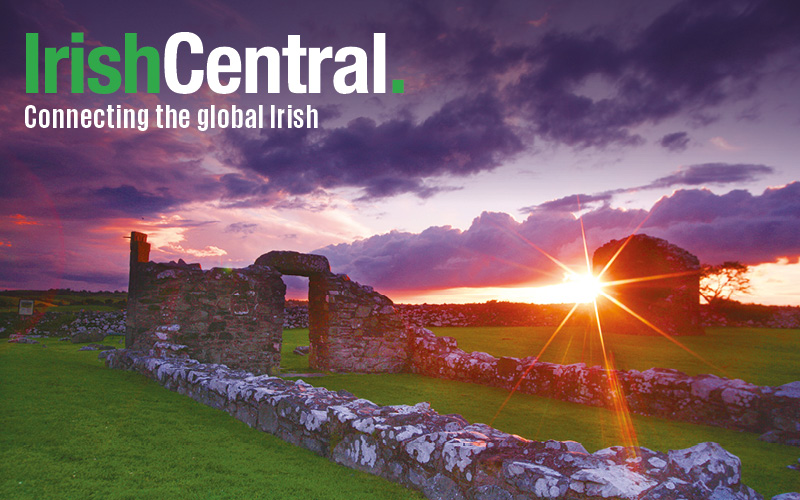In Ireland people never talked of leprechauns. They talked of fairies.
We never really considered them a benign force. Banished to the fringes of Irish life by the new Christian faith, at best we shared the land with them in a tense and respectful stand off.
We left them alone and we hoped they’d do the same. We certainly didn’t mock them.
It was said by some that they were fallen angels who were not good enough to be saved, nor bad enough to be lost. They were like Irish people themselves we were told, only more so.
They were quick to take offense if you dared to talk about them, but so easily pleased they’d keep all misfortune from your door if you left a little milk out on your windowsill overnight. I decided I liked the sound of them.
And it wasn’t just olden days stuff. I took a local press clipping from a Donegal newspaper to class at Yale in 1998. The article told of workmen from my town who had refused to clear a building site near my home.
The field, they contended, was haunted. It belonged, they insisted, even in the face of scorn, to the fairies.
Strange things had begun to happen at night, they said. Weird lights were seen hovering over the place they had worked.
When they got to the scene in the morning all their diggers had been moved. For some reason there was a strange aroma of roses, even though it was late autumn.
Locals said it was really poitín (illegal spirits) that was behind all the disturbances, but one thing is for sure. The men downed tools and walked off the job. And they never went back.
In the new age of cell phones and the Internet, magical beings from prehistory were still telling grown Irish men where – and where not — to build in Donegal.
I remember reading the article and wondering where else in Europe people would still indulge this stuff? I couldn’t think of another country.
Nor did I condemn them. If you have ever been to Donegal and seen the strange way the light can break over the water, or the way trees along the shoreline can bend naturally to form a copse, it’s not difficult to believe that there is a magic in what happens.
It would be nothing to see a little nature sprite in such a setting. You’d half expect to. It’s why some of the people of that county are still adept at seeing things.
You’d think our poets would be their first champions, clearing space in civic life for ancient magic to happen, but it doesn’t always follow. To hear some tell it, W.B. Yeats simply plundered Irish mythology in a cynical attempt to distinguish his work from his modernist British counterparts.
Seamus Heaney, for one, was having none of Yeats’ magical miasma.
“Why do we listen to this gullible aesthete rehearsing the delusions of an illiterate peasantry, this snobbish hanger-on in country houses justifying the feudal facts of the class system, this charlatan patterning history and predicting the future by a mumbo-jumbo of geometry and Ptolemaic astronomy?” he wrote.
It’s a good question. Heaney already knew the answer of course, but he was right to see a new imaginative colonialism at work and object to it. That taught me that even our magical spaces are contested in Ireland.
Now it’s almost St. Patrick’s Day here in New York City. In America they don’t know about fairies. They much prefer leprechauns. Idiotic debasements of the Irish tradition that emerge as inflatable green men most often seen now at the entrance to a pub.
You’ll pass them on your way to lunch. Four thousand years of Irish paganism reduced to a witless greeting card ogre.
As the St. Patrick’s Day parade on Fifth Avenue has shown us, America still needs more time to get its head around Irish fairies. Just like those workmen in Donegal, the magical space is being contested here too.
I wouldn’t take a bet against the fairies. If Irish history teaches us anything it’s probably wise to respect their endurance and their resolve.




Comments